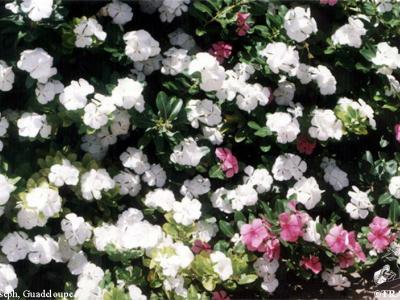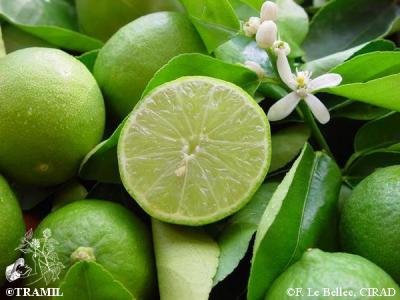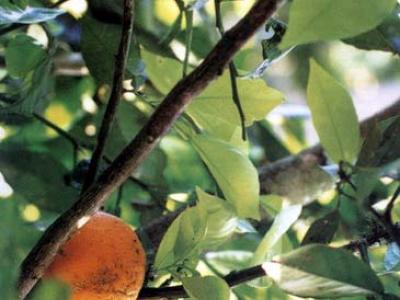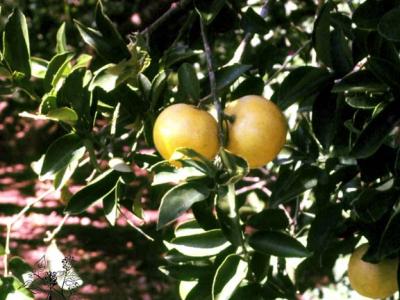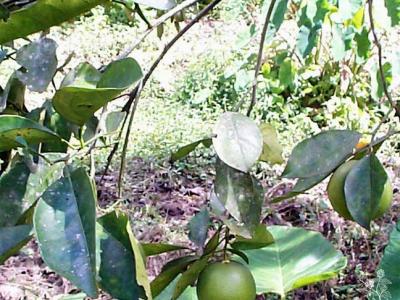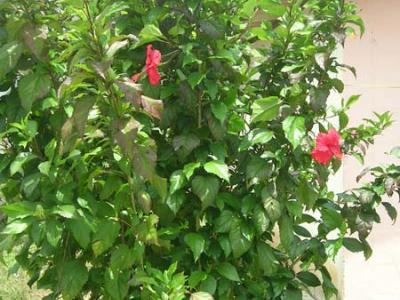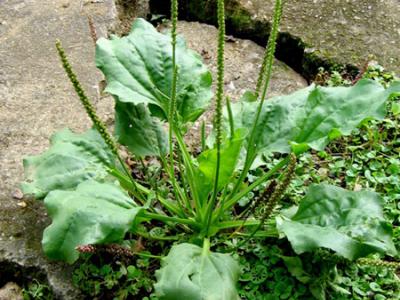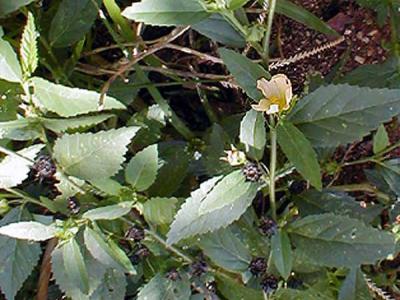(In territories with significant traditional TRAMIL use)
Honduras:
- guajaca
Cuba:
- vicaria
- vicaria blanca
flower, decoction, compresses1-2,21
According to published and other information:
Use for conjunctivitis is classified as REC, based on the significant traditional use documented in the TRAMIL surveys, on toxicity studies and on available published scientific information.
Strict hygiene measures should be observed in order to avoid contamination or additional infection and to avoid contact with conjunctiva-irritating substances.
Should there be a notable worsening of the patient’s condition, or should conjunctivitis last more than 3 days, medical attention should be sought for.
Do not ingest any part of the plant due to toxicity risk.
For conjunctivitis:
Prepare an infusion with 1/2 liter (2 cups) of boiling water and 3-4 white flowers. Cover pot, leave to cool down for 5-10 minutes, and filter. Apply the infusion, with a cotton compress, on the affected eye for 5-10 minutes, repeat 2-3 times a day.
1 CARBALLO A, 1990
Encuesta TRAMIL. Centro de investigación de fitoterapia y medicina tradicional de Topes de Collantes, Trinidad, Cuba.
2 LAGOS-WITTE S, 1988-89, 1996
Encuesta TRAMIL. Laboratorio de Histología Vegetal y Etnobotánica, Dep. de Biología, Universidad Nacional Autónoma de Honduras UNAH, Tegucigalpa, Honduras.
3 MOREJON Z, LOPEZ M, GARCIA MJ, BOUCOURT E, VICTORIA M, FUENTES V, MORON F, BOULOGNE I, ROBINEAU L, 2009
Encuesta TRAMIL preliminar a grupos de vecinos en los municipios 10 de Octubre, Lisa, Marianao, Habana del Este (Cojímar) en la Ciudad de la Habana. Laboratorio Central de Farmacología, Universidad de Ciencias Médicas de La Habana, Ciudad de La Habana, Cuba.
4 DAVEY JE, VAN STADEN J, DE LEEUW GTN, 1981
Endogenous cytokinin levels and development of flower virescence in Catharanthus roseus infected with mycoplasmas. Physiol Plant Pathol 19:193-200.
5 ALI I, 1990
The alkaloids in flowers of Catharanthus roseus (L.) G. Don. Gomal Univ J Res 10(1):27-31.
6 ROJAS MCN, CUELLAR MCA, 1981
Comparative microbiological studies of the alkaloids of Catharanthus roseus and other related compounds. Rev Cubana Farm 15(2):131-138.
7 WILLAMAN JJ, LI HL, 1970
Alkaloid-bearing plants and their contained alkaloids, 1957-1968. Lloydia 33S(1):1-286.
8 ATTA-UR-RAHMAN, ALI I, BASHIR M, 1984
Isolation and structural studies on the alkaloids in flowers of Catharanthus roseus. J Nat Prod 47(3):554-555.
9 SEVESTRE-RIGOUZZO M, NEF-CAMPA C, GHESQUIERE A, CHRESTIN H, 1992-1993
Genetic diversity and alkaloid production in Catharanthus roseus, C. trichophyllus and their hybrids. Euphytica 66(1/2):151-159.
10 MILO J, 1981
Flower color inheritance and shoot and ajmalicine yield components in successive developmental stages of pure lines and F-1 hybrids in Catharanthus roseus (L.) G. Don. Thesis-MS-Hebrew University.
11 DE PINHO PG, GONÇALVES RF, VALENTÃO P, PEREIRA DM, SEABRA RM, ANDRADE PB, SOTTOMAYOR M, 2009
Volatile composition of Catharanthus roseus (L.) G. Don using solid-phase microextraction and gas chromatography/mass spectrometry. J Pharm Biomed Anal 49(3):674-685.
12 LARA G, LASTRA H, 1991
Determinación de vinblastina en el follaje de Catharanthus roseus G. Don. Rev Cubana Farm 25(1):56-62.
13 GARCIA G, GARCIA R, 1987
Efectos sobre las estructuras oculares de la decocción de flores de vicaria blanca. Informe TRAMIL. Laboratorio de Control Biológico, Industria Médico-Farmacéutica, La Habana, Cuba.
14 NEOGI N, BHATIA M, 1956
Biological investigation of Vinca rosea. Indian J Pharmacy 18:73.
15 SRINIVASAN D, NATHAN S, SURESH T, LAKSHMANA PERUMALSAMY P, 2001
Antimicrobial activity of certain Indian medicinal plants used in folkloric medicine. J of Ethnopharmacol 74(3):217-220.
16 ROJAS M, CUELLAR M, 1981
Comparative microbiological studies of the alkaloids of Catharanthus roseus and other related compounds. Rev Cubana Farm 15(2):131-138.
17 CHAUHAN S, AGRAWAL S, MATHUR R, GUPTA RK, 1979
Phosphatase activity in testis and prostate of rats treated with embelin and Vinca rosea extract. Experientia 35(9):1183-1185.
18 WEE Y, GOPALAKRISHNAKONE P, CHAN A, 1988
Poisonous plants in Singapore - a colour chart for identification with symptoms and signs of poisoning. Toxicon 26(1):47.


